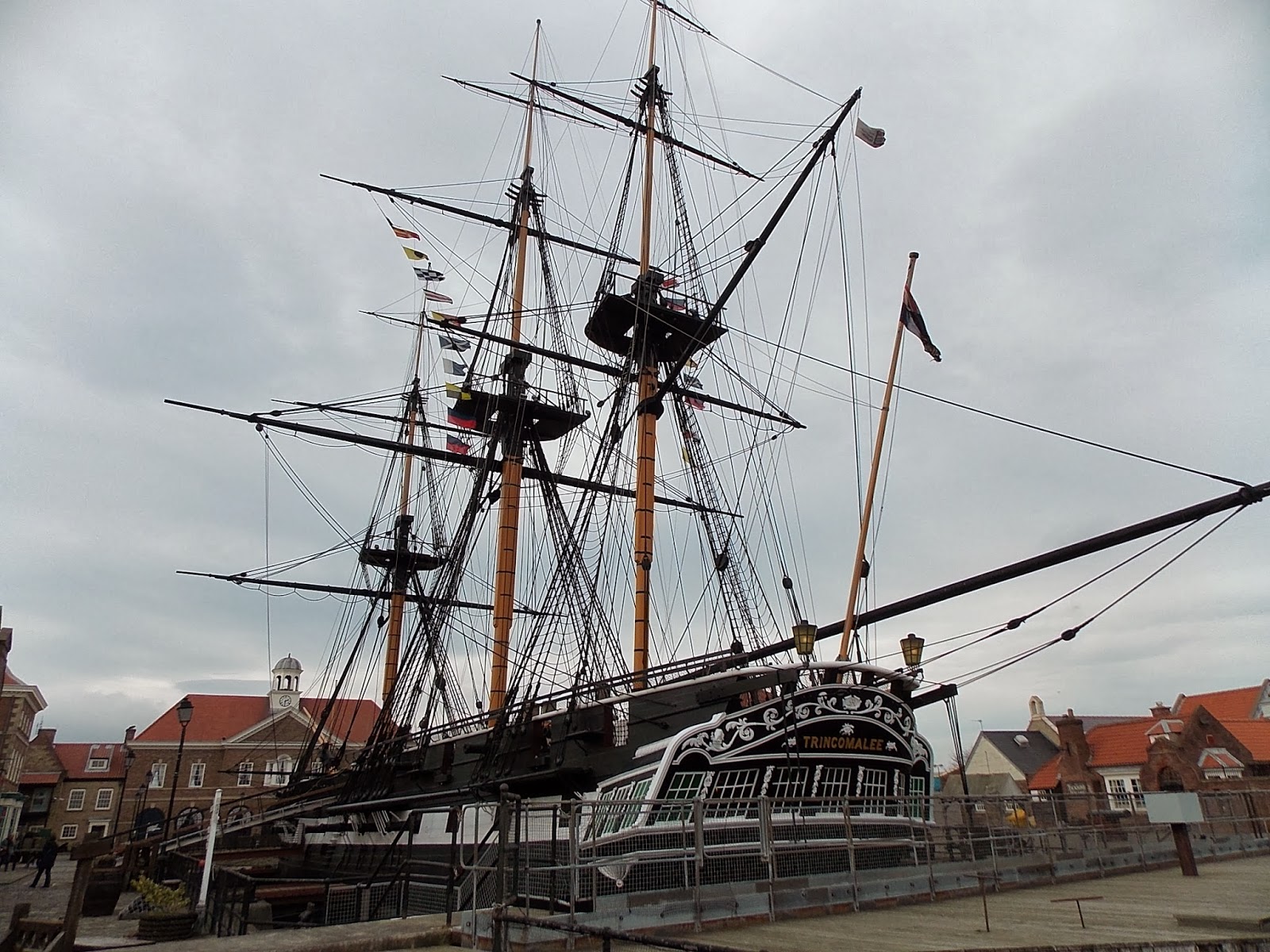The above picture is flipped over this from the way it was originally printed in order for it to reflect the layout of the cabin shown in the ship's plans. When the orientation wasn't considered important, images were often drawn directly on the wood in order to save time causing them to appear reversed when printed.
The cabin is shown flooded with natural light by means of the "Preston's Patent Illuminator" overhead. It seems likely that these will prove to be of use to the underwater archaeologists investigating the recently discovered wreck. By unscrewing the iluminator and removing the glass it may be possible to pass cameras and miniaturised remotely-operated vehicles through the aperture in order to survey each of the surviving cabins with minimal disturbance to the contents.
Turning now to artificial illumination, I have tried to make sense of the part of the drawing in the immediate vicinity of the wall mounted lamp. When blown up to several times the original size, it would appear the lamp is held out from the bulkhead by a bracket with a cloth draped over it and what may reasonably be interpreted as a mirror perched on top to spread the light.
The 3D reconstruction is based on a pattern of patent candle lamp which in differs from the original drawing in that it has a rounded weight at the bottom.
The final image is an example of a candle lamp which is plausibly of the type which the artist saw. It has a flat bottom and the pattern of steps and ridges on the counterweight may be what the artist has tried to represent.
It is truly amazing how the engravers of the time were able to cram so much detail into a tiny wood-block while working under the pressure of tight deadlines. I look forward to the day when photographs of Fitzjames' cabin are published and we can directly compare them with the works of this anonymous Victorian artist.
.jpg)









.jpg)




